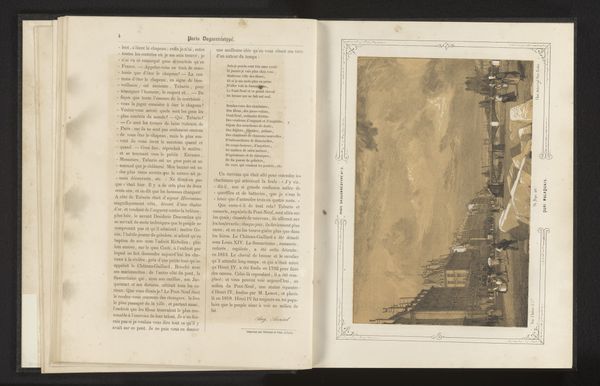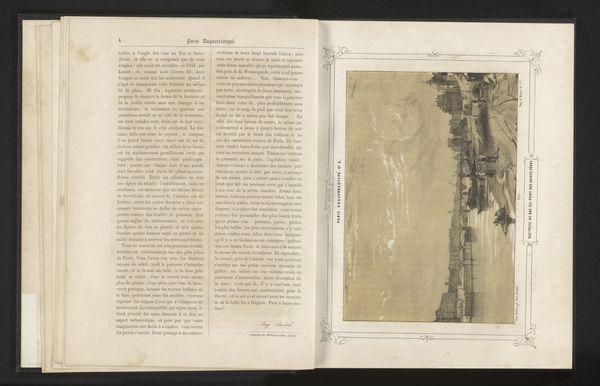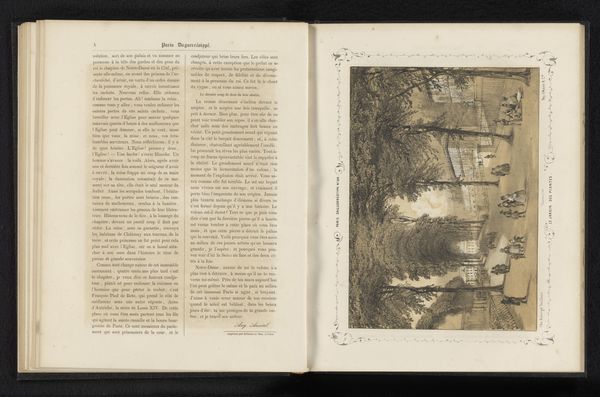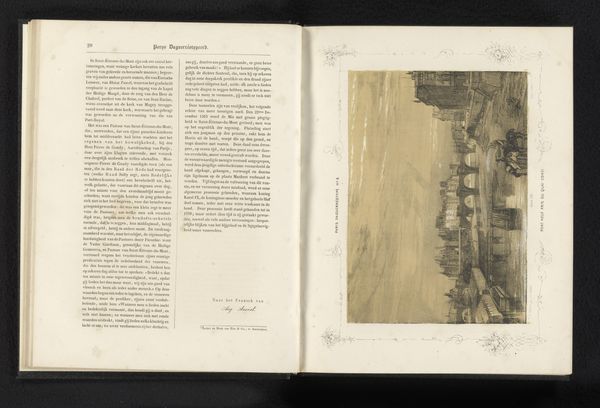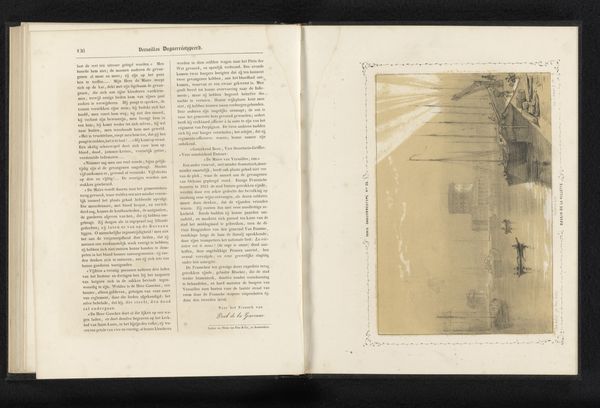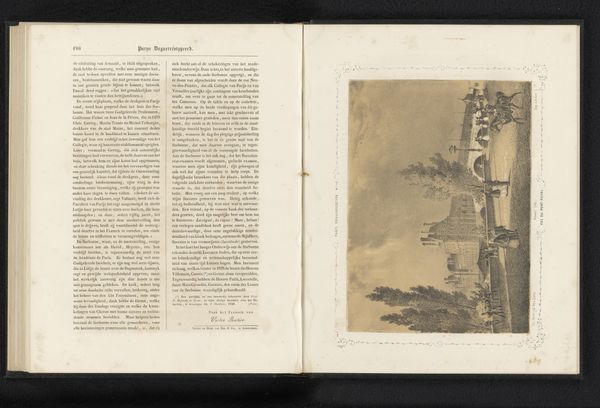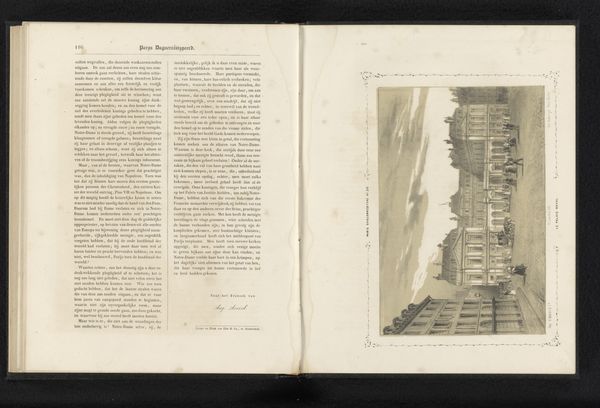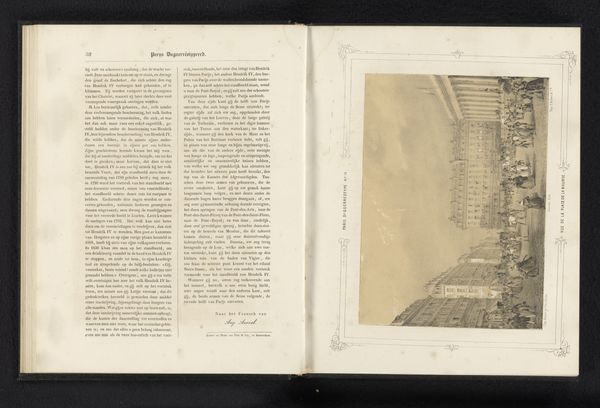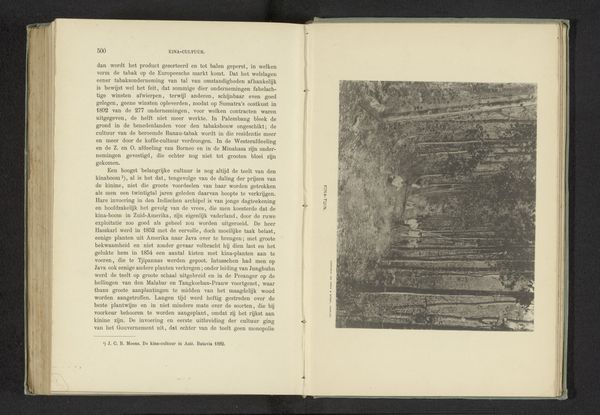
print, paper, engraving, architecture
# print
#
paper
#
romanticism
#
cityscape
#
engraving
#
architecture
Dimensions: height 210 mm, width 260 mm
Copyright: Rijks Museum: Open Domain
This image of the Notre-Dame in Paris, by A. Provost, is not a painting or drawing, but rather a print - a mechanically produced image made from an edition. Although we can't know for sure without examining the original, this looks like a lithograph, a process invented in the late 18th century that uses a greasy crayon on a slab of Bavarian limestone. The stone is then treated with acid, inked, and printed. Like other printmaking processes, lithography allowed for relatively quick and inexpensive production, enabling images to be widely disseminated. What's interesting here is that the print mimics the look of a drawing or painting. Note the fine lines and tonal variations, achieved through careful manipulation of the lithographic crayon. This blurring of categories - is it art or mass production? - is what makes this image so compelling. It reminds us that even seemingly straightforward images are the result of complex social and technical processes, and that the line between 'high' art and commercial production is often blurry.
Comments
No comments
Be the first to comment and join the conversation on the ultimate creative platform.
